Increasing Aging Population
The anti-VEGF market in Spain is experiencing growth due to the increasing aging population. As individuals age, the prevalence of age-related macular degeneration and other retinal diseases rises significantly. In Spain, approximately 19% of the population is aged 65 and older, which correlates with a higher incidence of these conditions. This demographic shift is likely to drive demand for anti-VEGF therapies, as healthcare providers seek effective treatments to manage these diseases. The anti vegf market must adapt to this demographic trend by ensuring accessibility and affordability of treatments for older patients, potentially leading to increased healthcare expenditures. Furthermore, the aging population may necessitate more comprehensive healthcare policies that support the development and distribution of anti-VEGF therapies, thereby enhancing the overall market landscape.
Rising Healthcare Expenditure
In Spain, rising healthcare expenditure is a crucial driver for the anti vegf market. The Spanish government has been increasing its healthcare budget, which is projected to reach approximately €130 billion by 2026. This increase in funding is likely to enhance access to innovative treatments, including anti-VEGF therapies, for patients suffering from retinal diseases. The anti vegf market stands to gain from this trend, as more resources become available for the procurement of advanced therapies. Additionally, as healthcare spending rises, there may be a greater emphasis on preventive care and early intervention, which could further boost the demand for anti-VEGF treatments. The market's growth potential appears promising, given the supportive financial environment that encourages the development and distribution of these essential therapies.
Supportive Clinical Guidelines
Supportive clinical guidelines play a pivotal role in shaping the anti vegf market in Spain. The endorsement of anti-VEGF therapies by leading ophthalmology associations and health authorities encourages their use in clinical practice. These guidelines often recommend timely intervention for patients with retinal diseases, which can lead to increased prescriptions of anti-VEGF treatments. The anti vegf market is likely to benefit from this supportive framework, as healthcare professionals are more inclined to adopt evidence-based practices that align with established guidelines. Additionally, as new clinical data emerges, these guidelines may evolve, further influencing treatment protocols and market dynamics. The alignment of clinical practice with robust guidelines is essential for the sustained growth of the anti vegf market, ensuring that patients receive optimal care.
Growing Awareness of Eye Health
The anti vegf market in Spain is benefiting from a growing awareness of eye health among the general population. Public health campaigns and educational initiatives are increasingly emphasizing the importance of regular eye examinations and early detection of retinal diseases. This heightened awareness is likely to lead to more individuals seeking medical attention for symptoms related to age-related macular degeneration and diabetic retinopathy. Consequently, the anti vegf market may experience increased demand for treatments as more patients are diagnosed and treated. Furthermore, healthcare providers are becoming more proactive in screening at-risk populations, which could further drive the utilization of anti-VEGF therapies. As awareness continues to grow, the anti vegf market must ensure that effective treatment options are readily available to meet the rising demand.
Advancements in Medical Technology
Technological advancements in the field of ophthalmology are significantly impacting the anti vegf market in Spain. Innovations such as improved imaging techniques and minimally invasive surgical procedures enhance the diagnosis and treatment of retinal diseases. For instance, the introduction of optical coherence tomography (OCT) allows for better visualization of retinal structures, facilitating timely intervention with anti-VEGF therapies. The anti vegf market is likely to benefit from these advancements, as they can lead to improved patient outcomes and increased adoption of these therapies. Moreover, the integration of artificial intelligence in diagnostic processes may streamline treatment protocols, further driving market growth. As technology continues to evolve, the anti vegf market must remain agile, adapting to new tools and methodologies that enhance treatment efficacy and patient care.


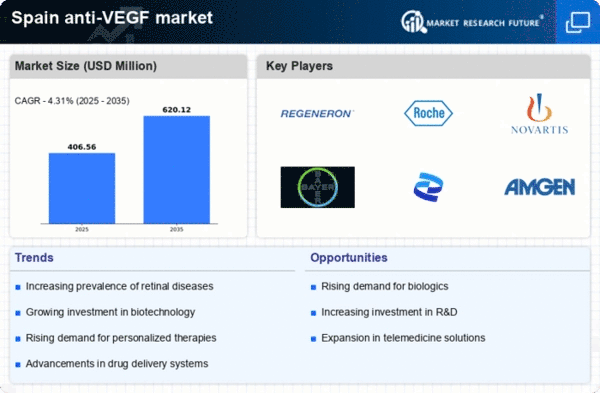
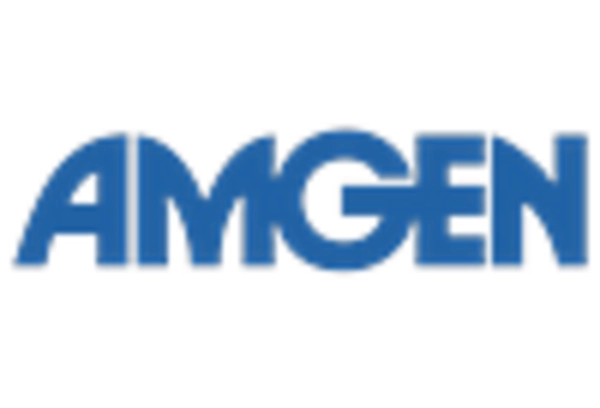
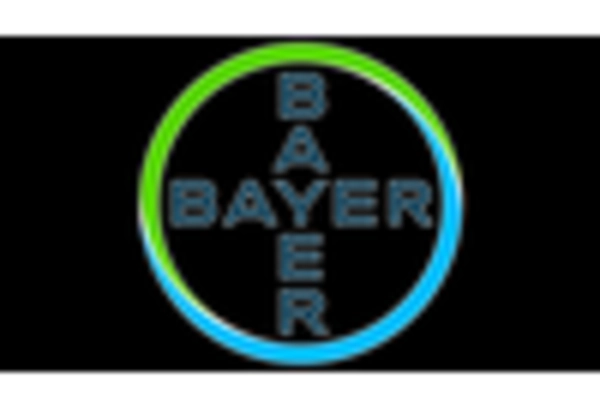
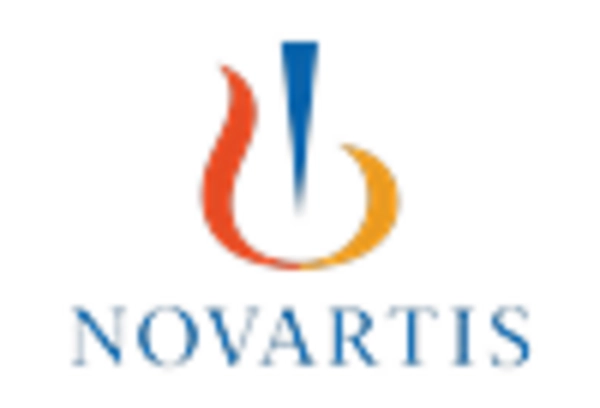
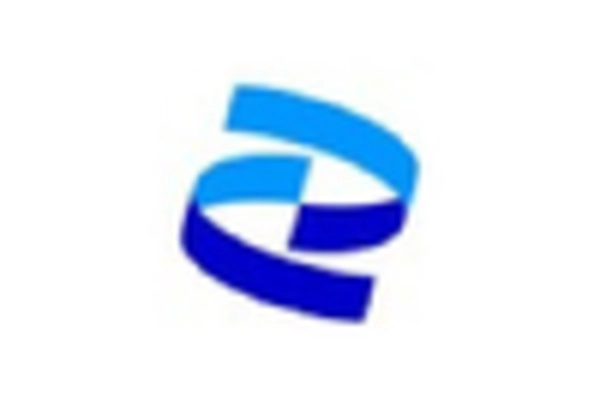
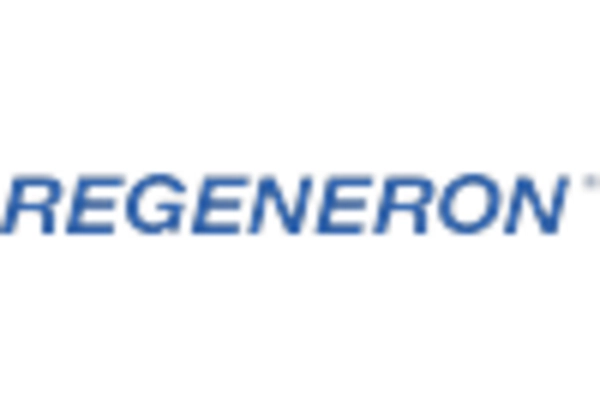
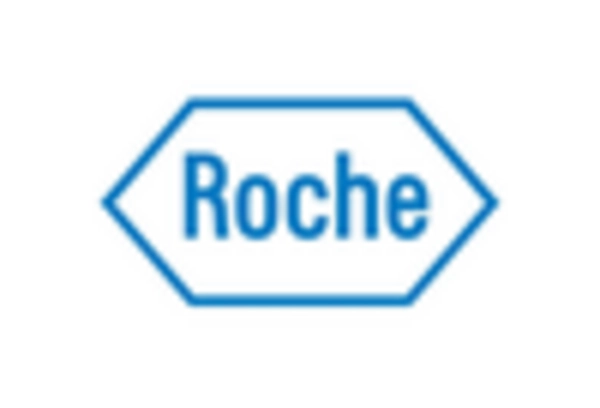








Leave a Comment